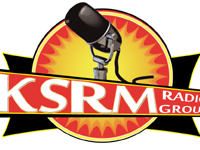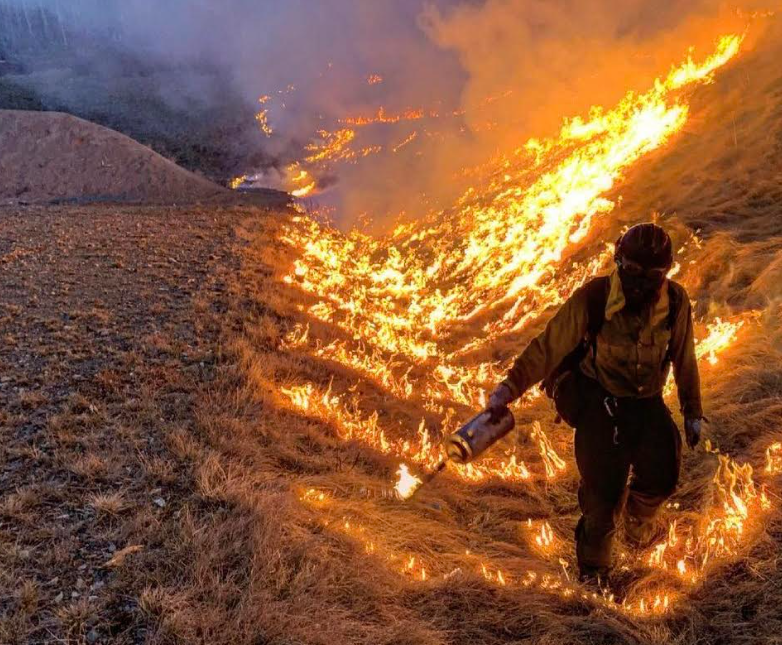Alaska’s wildland fire season officially begins on April 1 and residents need to prepare accordingly. The wildland fire season extends through August 31, barring an emergency extension. Like fishing, hunting, or driving in Alaska, a state burn permit is required to legally use a burn barrel or burn brush piles on state, municipal, or private lands during that time.
The burn permit requirement helps minimize the number of human-caused wildfires in Alaska by providing guidelines to permit holders related to the size of burn piles, what materials may be burned and other safe burning requirements that reduce the chances of a fire escaping.
Division of Forestry Deputy Director of Fire Protection Norm McDonald said:
“Burn permits aren’t meant to be a hassle; they are designed to reduce the number of human-caused wildfires and protect Alaskans and their communities. Human-caused fires account for roughly 75% of the fires the Division of Forestry responds to and most are avoidable. If people follow the guidelines on the permit the chance of starting a wildfire is minimal.”
Burn permits are free and available at state forestry offices locally. Additionally, they can be printed online. The permits are not required for camping, cooking or warming fires less than three feet in diameter with flame lengths less than two feet high. People seen violating burn permit requirements can be cited and held criminally and civilly liable for damage caused by an escaped fire.
The Division of Forestry states that residents who intend on burning brush this spring are encouraged to do so now, when the fire danger is low, compared to waiting till conditions dry out and the potential for starting a wildfire increases.
As it stands, despite the increased amount of snow southcentral Alaska received this winter, it is difficult to predict what the fire season will hold. The weather in May and early June has more influence on fire season than the winter snowpack. The 2021 Alaska fire season was below average, according to the Division of Forestry, which states that there were only 384 fires burning an estimated 254,500 acres. In a typical year, Alaska has around 500 wildfires that burn between 650,000 and 1 million acres. The last time Alaska surpassed 1 million acres burned in a season was 2019 when nearly 2.6 million acres burned.
In addition to state burn permit requirements, local governments may prohibit open burning or use of burn barrels within some municipal and city boundaries. Residents are urged to check with their local fire department to determine if burning is allowed in their area.
Click here for more information.

